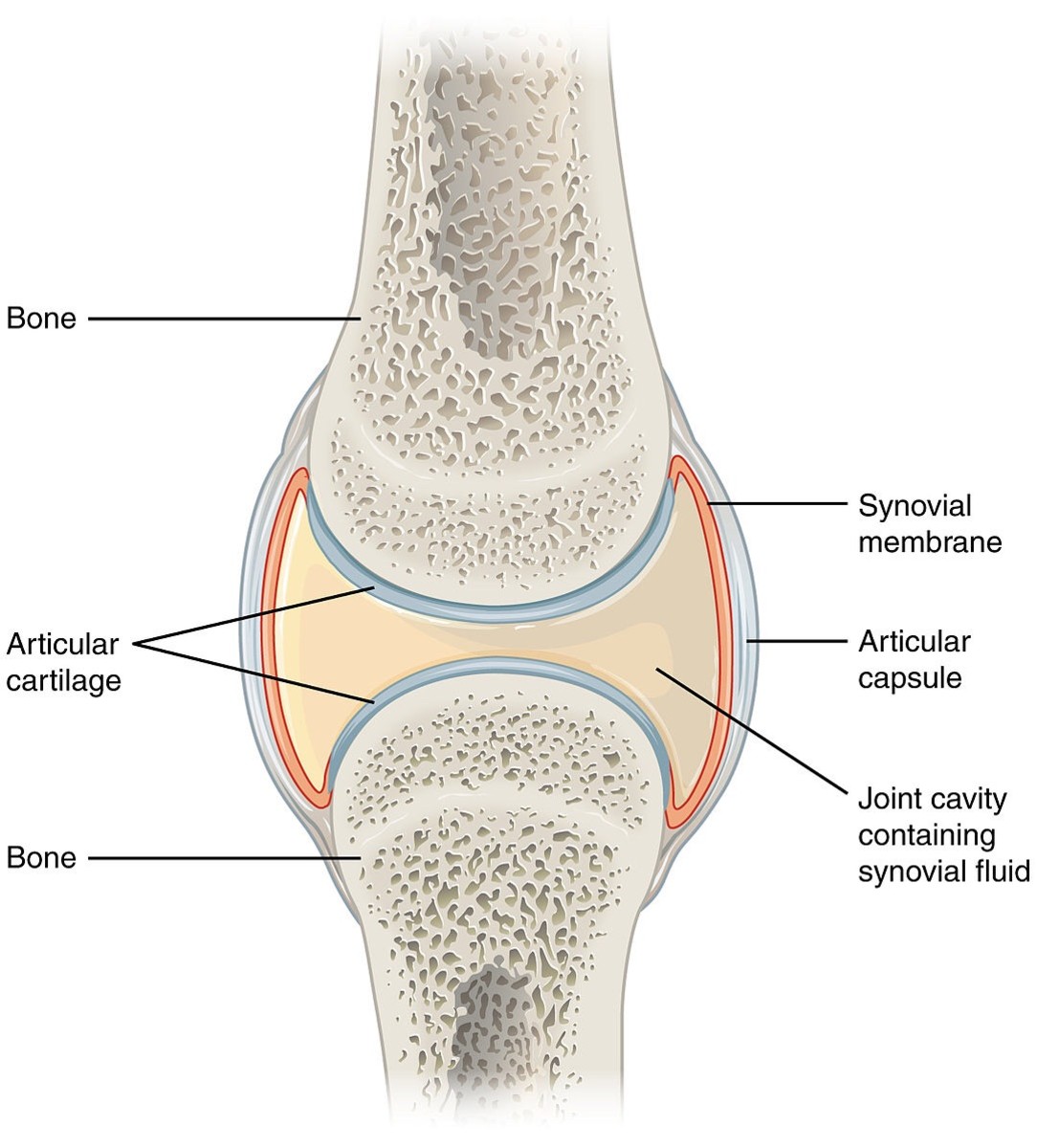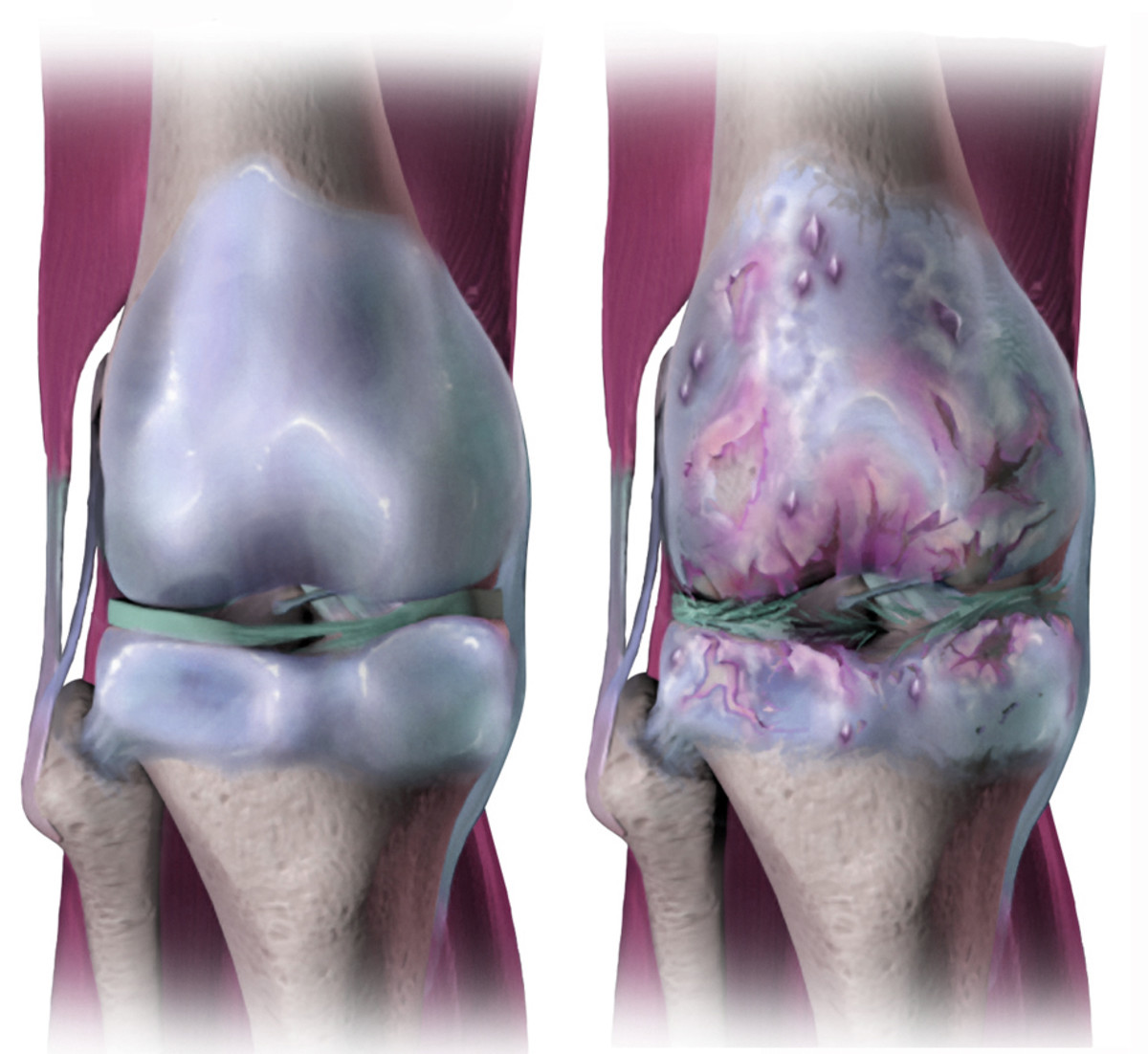The Link between Rheumatoid Arthritis and Obesity in Women
Rheumatoid Arthritis Statistics
Rheumatoid arthritis (RA) is the most common type of inflammatory arthritis and is a condition that affects approximately 1 percent of the worldwide population and more than 1.3 million Americans of which more than half are women, therefore, making it more common in women than men.
Obese women may be at a higher risk for the development of Rheumatoid Arthritis according to various studies completed in recent years. One study which followed 813 women from 1980 to 2007 showed 9.2 percent risk per 100,000 obese women.
Other studies show that obesity may increase your risk of developing RA by as much as 52 percent. Obesity triggers an inflammatory response within the adipose tissue within our body which in turns helps to exacerbate this condition.
It is unclear how menopause may increase your chances of developing RA, but there is a belief that changes in estrogen levels are a contributing factor for why more women than men to experience RA.
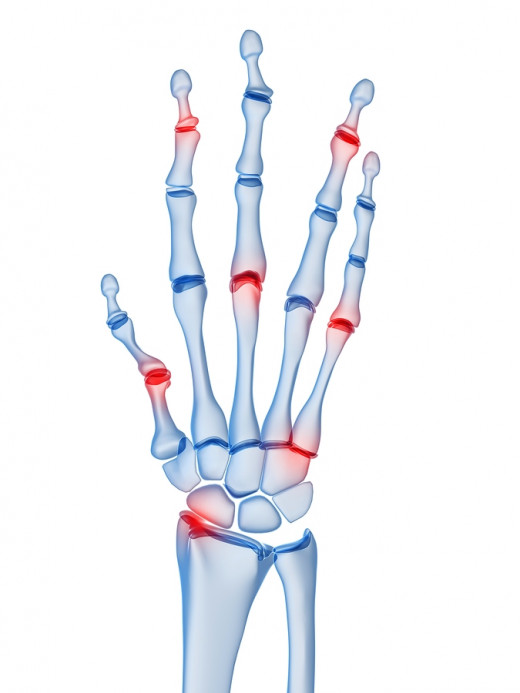
What is Rheumatoid Arthritis?
RA is an inflammatory, auto-immune disease of the joints which is characterized by swelling, pain, and stiffness in the joints. In RA, tissues and joints are attacked by the immune system. Although it most often appears between the ages of 25 and 50, it can occur at any age.
RA tends to affect:
- Hands
- Feet
- Knees
- Ankles
- Hips
- Shoulders
It is a symmetrical disease and what that means is....typically, when one shoulder is inflamed, so is the other. When one hand is affected, so is the other. Morning stiffness is a common symptom that can be so intense, it makes it very difficult for you to perform tasks as simple as getting dressed.
Complications that may result from RA include:
- Heart Problems
- Lung Disease
- Osteoporosis
- Carpal Tunnel Syndrome
The sooner RA is diagnosed, the sooner treatment can begin to reduce symptoms and risks commonly seen with this condition.
Treatment generally entails the use of but not limited tot the following:
- Non-steroidal Anti-Inflammatory medications like ibuprofen, aspirin, naproxen
- Oral Steroids
- Local Steroid Injections
- Disease Modifying Anti-Rheumatic Drugs
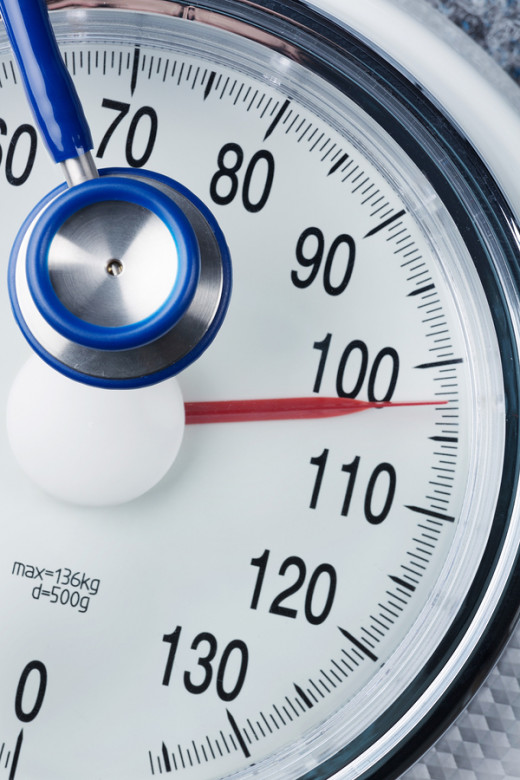
How Do You Know if You Are Obese?
What determines obesity? Healthcare professionals measure our level of obesity by using a calculation known as Body Mass Index (BMI).
Your BMI is a fantastic way to examine whether or not you are underweight, overweight or obese.
- Underweight = BMI less than 18.5
- Acceptable = BMI 18.5- 24.9
- Overweight = BMI 25-29.9
- Obese = BMI above 30
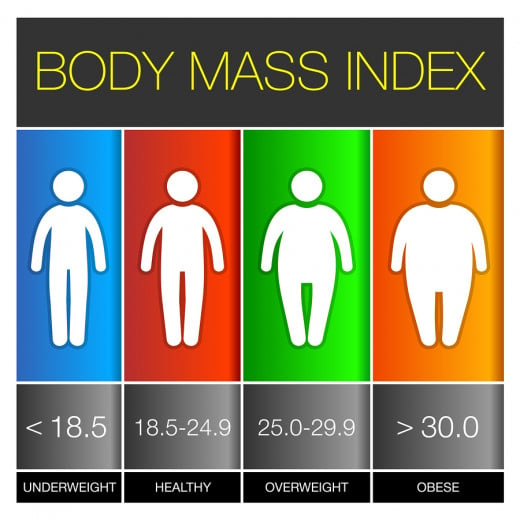
What Causes Obesity?
Studies show there are a variety of causes that lead to obesity in an individual. Some research has shown that obesity is simply the result of taking in more calories than is burned, inactive lifestyles and the storage of excess body fat. Other research has shown that it is linked to genetics and physiology.
Obese women are at an increased risk for:
- High Blood Pressure
- Diabetes
- Gall Bladder Disease
- Stroke
- Sleep Apnea
- Cancer (Endometrial, Cervical, Breast and Ovarian)
- Depression
- ,,,and now Rheumatoid Arthritis
Obesity management and treatment is multi-faceted and involves a combination but is not limited to some of the following:
- Nutrition
- Exercise
- Medication
- Behavioral Therapy
- Ongoing monitoring of BMI
The addition of RA as a potential complication of obesity is only more evidence that one should strive to manage their weight more effectively.
This content is for informational purposes only and does not substitute for formal and individualized diagnosis, prognosis, treatment, prescription, and/or dietary advice from a licensed medical professional. Do not stop or alter your current course of treatment. If pregnant or nursing, consult with a qualified provider on an individual basis. Seek immediate help if you are experiencing a medical emergency.
© 2014 Mahogany Speaks

